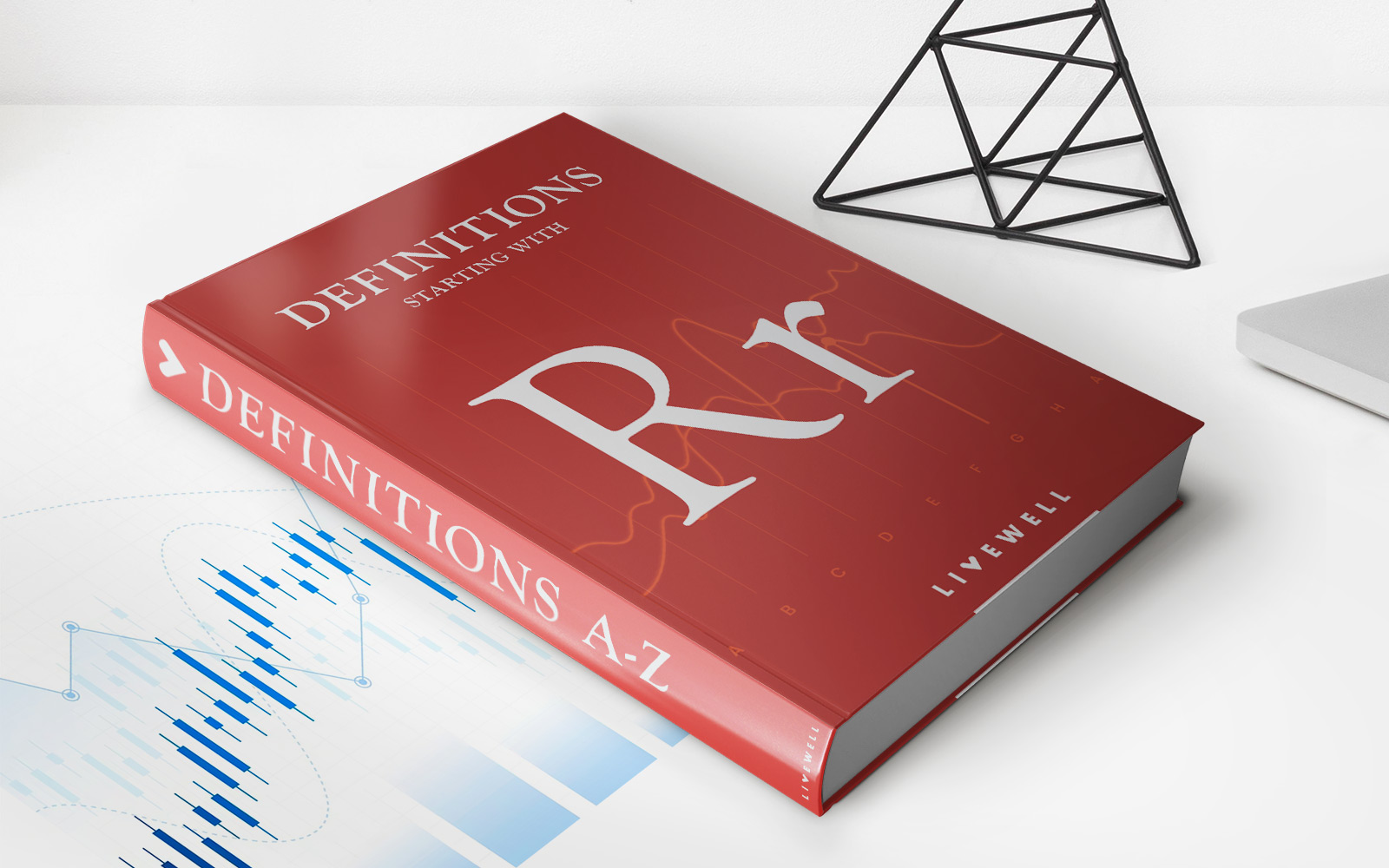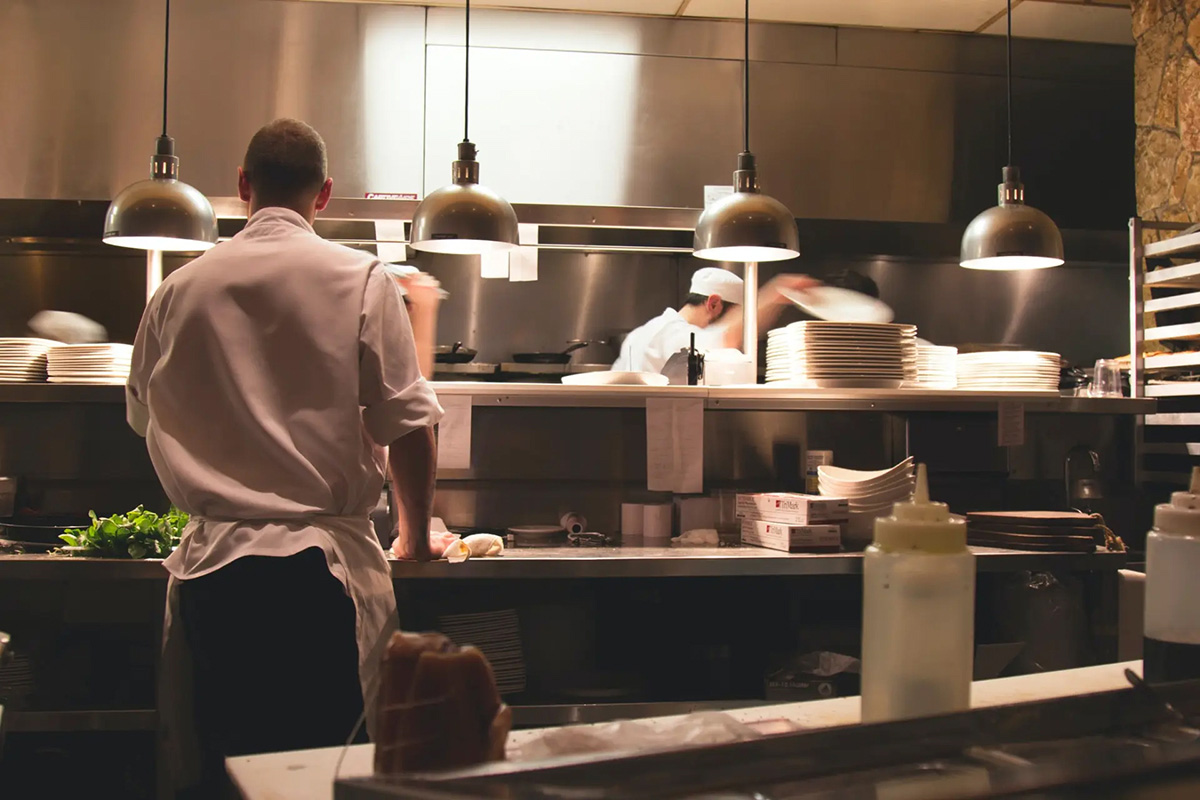

Finance
Restaurant Performance Index (RPI) Definition
Published: January 19, 2024
Learn the definition of the Restaurant Performance Index (RPI) and its significance in finance. Improve your understanding of restaurant financial performance.
(Many of the links in this article redirect to a specific reviewed product. Your purchase of these products through affiliate links helps to generate commission for LiveWell, at no extra cost. Learn more)
Understanding the Restaurant Performance Index (RPI) Definition
When it comes to the world of finance, there are various metrics and indices that professionals use to gauge the performance of different industries. The Restaurant Performance Index (RPI) is one such measure that is particularly relevant to the foodservice industry. In this blog post, we will delve into the RPI definition, its components, and why it matters for restaurant owners and investors.
Key Takeaways:
- The Restaurant Performance Index (RPI) is a monthly composite index that tracks the health and outlook of the restaurant industry in the United States.
- It measures various aspects of restaurant performance, including sales, traffic, labor, and capital expenditure.
The Restaurant Performance Index is an essential tool that helps stakeholders in the restaurant industry understand and assess the overall health of the sector. The RPI is a composite index, compiled by the National Restaurant Association, that takes into account various performance indicators to provide a comprehensive picture of the industry’s current state and future outlook.
The RPI encompasses four key components:
- Sales: This component tracks changes in same-store sales and overall sales volume. It offers insights into the demand for dining out and the purchasing power of consumers.
- Traffic: By monitoring customer footfall, the RPI assesses the flow of diners into restaurants. This component helps identify trends in consumer behavior and the industry’s ability to attract customers.
- Labor: The labor component of the RPI focuses on employment and workforce-related metrics, such as employee recruitment, retention, and hours worked. It provides insights into labor costs and the industry’s ability to manage its workforce efficiently.
- Capital Expenditure: This component evaluates restaurant owners’ investment in equipment, technology, and other assets. It helps assess the industry’s capacity for growth and its ability to stay competitive.
By considering all these factors, the RPI provides a holistic view of the restaurant industry’s financial health and prospects. It helps identify trends, challenges, and opportunities, allowing restaurant owners and investors to make informed decisions. A high RPI indicates a thriving industry, while a low RPI may signal potential hardships or a downturn.
In conclusion, the Restaurant Performance Index (RPI) is an invaluable metric for gauging the overall performance of the foodservice industry. By tracking sales, traffic, labor, and capital expenditure, the RPI offers valuable insights that can guide strategic decision-making for restaurant owners and investors alike. Keeping a close eye on the RPI can help navigate the ups and downs of the industry and ensure long-term success.














